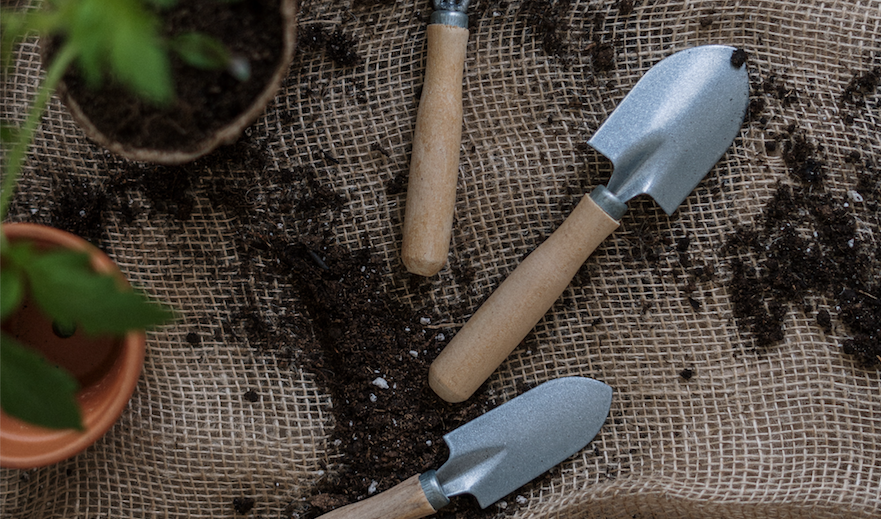
Experienced gardeners know that getting through the winter in the chilly northeast means fixing your eye on the prize—spring! Just thinking about colorful flowers, delicious herbs, nutritious vegetables, or the perfect combination of all three, is a tried-and-true way to make it through the colder months while we wait for warmer weather.
But what if you’ve never had a garden before? Are there tips and tricks of the trade you can learn now while it’s gray and cold so you’re ready to garden like a pro when warmer weather comes? Absolutely. This article will help you break your garden-planning project down into easy, achievable steps so you can start enacting your plans and realizing your garden dreams at your own speed.
Have Fun Planning
Flowers, herbs, fruits, and vegetables all have different requirements for exposure, water and fertilization. Most blooming plants, a lot of herbs, and almost all vegetables—including the ever-popular tomato—need 6–8 hours of full sun each day, so plan and plant accordingly! Look for a sunny, flat spot, ideally near a windbreak for protection against strong winds and a water source (like your spigot) to give your garden—and you as its main caretaker—all the advantages.
Don’t throw in the trowel if all you have is a shady corner. With the right plant selection, you can have a beautiful garden, too. Almost all ferns are shade-lovers, as are hostas—which come in solid shades of deep to lime green, variegated, and speckled varieties. Certain flower varieties also do well in shade.
Enjoy flipping through the many seed catalogues that are out there or surfing the internet to find the plant varieties that both interest you and are going to love the space you have to plant them in.
Clear the Ground
If you’ve never had a garden before, you need to prepare the space…and the sooner the better. If there’s grass there now, save yourself the effort of stripping the sod in the spring with a method that usually works—if you give it enough time.
Cover your future garden plot with five sheets of newspaper. If you have Bermuda or Saint Augustine grass, double that amount. Now spread three inches of compost, or a combination of potting and topsoil, over the newspaper. Wait and wait some more. It usually takes about 4 months for the top layer and the paper to decompose, but you should have a bed that is grass-free to plant when the weather warms up in April or May.
Enrich the Soil
All living things need good nutrition, and the plants in your garden are no exception. If you live in a new neighborhood where the rich topsoil has been stripped away, your soil will definitely need a boost.
Have your soil tested through your County’s Cooperative Extension Office following the directions that come with the kit. It usually takes about two weeks—time well spent to find out what your soil is lacking and how you can best enrich it if it is too alkaline or acidic, or stripped of nutrients.
Enriching your infertile soil takes adding organic matter. Mix in a couple of inches of compost, decayed leaves, dry grass clippings and manure to the soil as you turn over the dirt in your new bed. You can also leave the organic matter on the surface. It will eventually rot into humus and earthworms will work it into the subsoil.
Tilling & Digging
Loosening up your soil is a key step in creating a successful garden. Hard-packed soil won’t allow your plants’ roots to spread out and will keep water and nutrients from infiltrating. Work your soil by either tilling or digging.
Turning your soil over using a mechanical device like a rototiller is great for adding soil amendments, but it can disturb earthworms and helpful microorganisms. Be careful not to till excessively, especially when it’s too wet or too dry—you may damage soil structure and plant roots.
Digging is more practical for a small bed. When the soil is moist enough to form a loose ball in your fist but dry enough to fall apart when you drop it, it’s time to start digging. Gently turn the top (8–12 inch of soil) over using a spade or a spading fork over, adding in your organic matter little by little.
Next month, we’ll talk about how to choose your plant material, when and how to start planting, the right way to water, and the importance of mulch in helping your garden thrive.
